Guardians of the reef: Exploring the fascinating world of coral reefs

INTRODUCTION
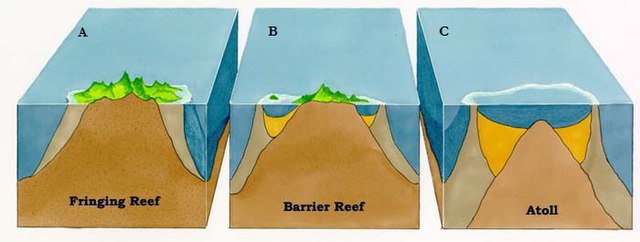
As marine biologist students, we present here a short article about coral and is importances for the health of marine ecosystems. Coral reefs are marine ecosystems rich in biodiversity, formed by the accumulation of coral colonies and other calcareous organisms. There are several types of coral reefs, including fringing reefs that border coastlines, barrier reefs that extend offshore, and atoll reefs that form around eroded volcanic islands. Coral reefs form through a slow and complex process that involves the growth and death of coral organisms, as well as the accumulation of sediment. These ecosystems are threatened by climate change, overfishing, and pollution, which have serious consequences for their functioning and survival.
BIODIVERSITY
Coral reefs are renowned for their exceptional biodiversity, hosting an incredible variety of marine life. They are home to more than 25% of all marine species, including many that are found nowhere else on Earth. Coral reefs provide critical habitat for a vast array of plant and animal species, including over 4,000 species of fish, 700 species of coral, and countless other invertebrates. They also support many important marine species, such as sea turtles and sharks. Coral reefs play a crucial role in maintaining the balance of the marine ecosystem, providing food and shelter for countless species. The loss of coral reefs would have significant implications for the survival of many species and the wider marine ecosystem. Protecting the biodiversity of coral reefs is essential for maintaining the health of our oceans and the diversity of life they support (Maragos, Crosby and McManus, 1996)
BIOLOGY
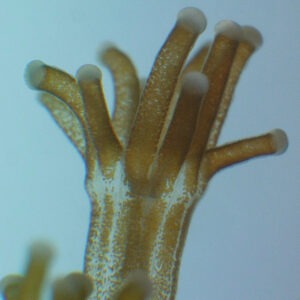
Corals are small sessile colonial animals of the phylum Cnidaria, like jellyfish or anemones. There is a symbiosis between corals and zooxanthellae, microalgae. These algae require light and carbon dioxide (CO2) for photosynthesis, using the mineral nitrogen and phosphorus so that the resulting organic matter is used by the corals. They will provide energy, while the polyp’s metabolism provides nutrients for the photosynthesis and the symbiosis allows the skeletal calcification of the corals. The corals carry out a calcification and this production of limestone is up to 10 times higher in polyps that carry zooxanthellae than the ones which don’t.
(Muller-Parker, D’Elia and Cook, 2015)
CONSERVATION
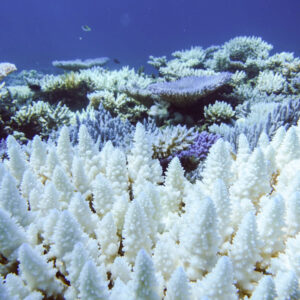
Multi-sectoral involvement is essential to manage the marine ornamental fish trade. It involves the industry, coral reef managers, tourism industries, consumers and the general public. Effective management plans involve public debate and the participation of collectors in the plans. Empowering local communities through legal rights and regulations can also be effective in developing conservation strategies. Measures such as limiting access, establishing fishing reserves and setting quotas and size limits can contribute to the conservation of ornamental stocks. However, the lack of scientific data remains a challenge (Wood, 2001). Furthermore, according to the study by Glynn (1991), rising temperatures associated with global warming are having a major impact on coral bleaching. It is therefore essential to act quickly to find solutions for the preservation of this ecosystem.
ECONOMIC INTEREST
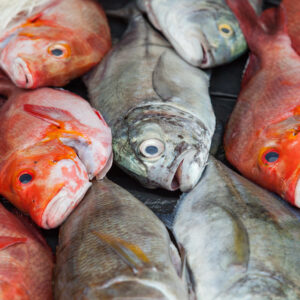
Coral reefs attract tourists from all over the world, it is a major economic asset for coastal populations to this ecosystem. Aquaculture is possible in the lagoon many species are raised for food such as shrimp or fish in cages. In Martinique, Platax obicularis is bred for local food. Many corals and tropical fish are exported worldwide for the aquarium trade. Corals can be grown on culture tables or taken directly from the reef. All these activities have a negative impact on the biocenosis and promote the eutrophication of the environment (Coeurdacier, J. L., & Gasset, E., 2013).
Bibliography
ARTHUR ORY
LUCAS FRIGO
MARIUS CLABAUX
TOMÉ DELAIRE
YUNA CREAC’H
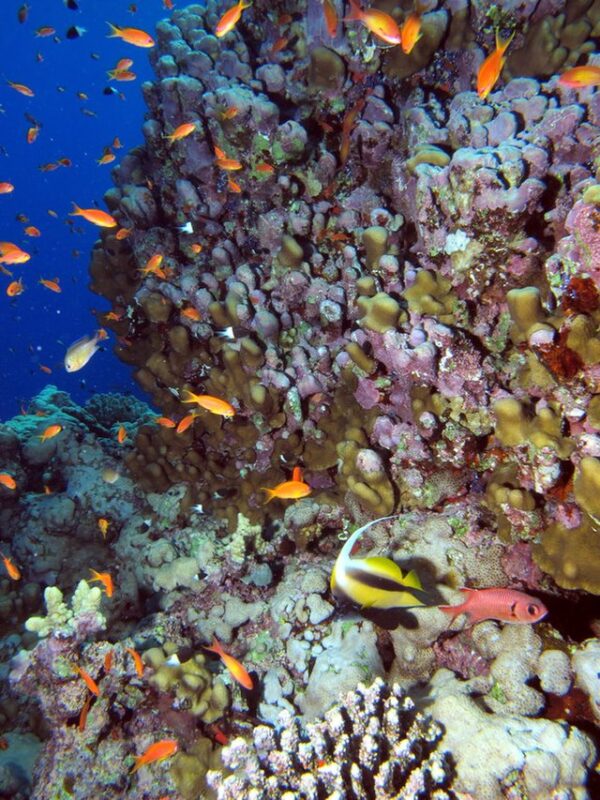
 Attention, vous utilisez un navigateur peu sûr !
Attention, vous utilisez un navigateur peu sûr !